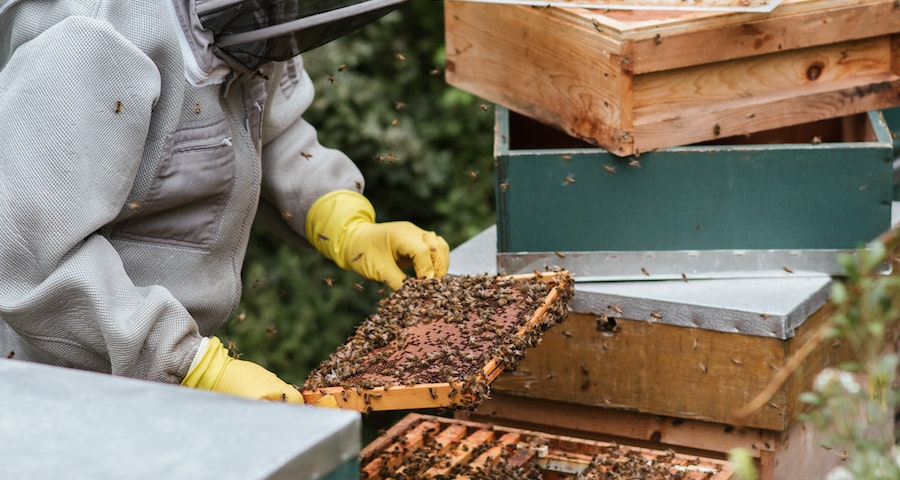
Bees play a crucial role in the ecosystem. They are responsible for pollinating crops and flowering plants, which helps to sustain plant life and produce food. Unfortunately, bee populations are on the decline due to habitat loss, pesticide use, and climate change.
One way to help support bees is by creating a bee garden. A bee garden is a garden that is designed specifically to provide food and shelter for bees. In this ultimate guide, we will discuss the steps you can take to prepare a bee garden of your own.
Contents
Choose the Right Location for Your Bee Garden
The first step in creating a bee garden is choosing the right location. Bees need plenty of sunlight, so your garden should be in an area that gets at least six hours of direct sun per day. You should also choose a location that is sheltered from strong winds, as this can prevent the bees from pollinating efficiently.
Choose the Right Plants
The key to creating a bee garden is selecting the right plants. Bees need a variety of flowers to feed on throughout the growing season, so choose plants that bloom at different times throughout the year. Native plants are an excellent choice for a bee garden, as they are adapted to the local climate and soil conditions. Some examples of bee-friendly plants include lavender, sunflowers, and black-eyed Susans.
Provide Water
Bees need water to survive, so make sure that your bee garden has a water source. A small birdbath or fountain will do the trick. Just make sure to keep the water shallow, as bees can drown in deep water.
Provide Shelter
In addition to food and water, bees also need shelter. You can provide shelter by building a bee house, which is a small structure with openings for bees to nest in. You can also leave dead wood in your garden, as many bees nest in hollow stems and branches.
Avoid Using Pesticides
Lastly, it’s important to avoid using pesticides in your bee garden. Pesticides are harmful to bees and can kill them. Instead, try using natural methods of pest control, such as introducing beneficial insects like ladybugs and lacewings.
Conclusion
Creating a bee garden is a fantastic way to support bee populations and help protect the environment. By following these simple steps, you can create a beautiful garden that is also beneficial to bees.
Remember to choose the right location, select the right plants, provide water and shelter, and avoid using pesticides. With a little effort, you can create a thriving bee garden that will be enjoyed by both you and these important pollinators.
